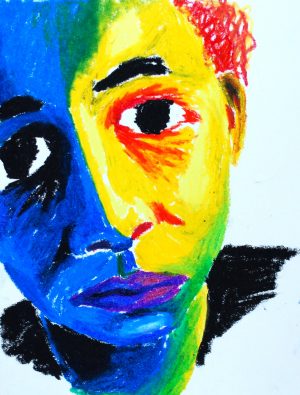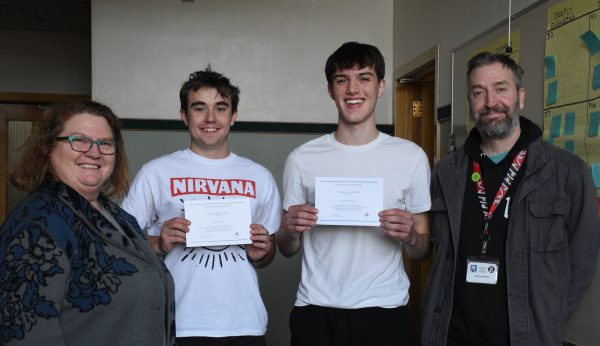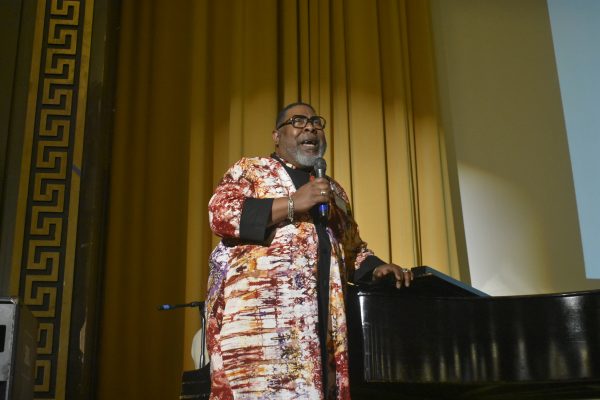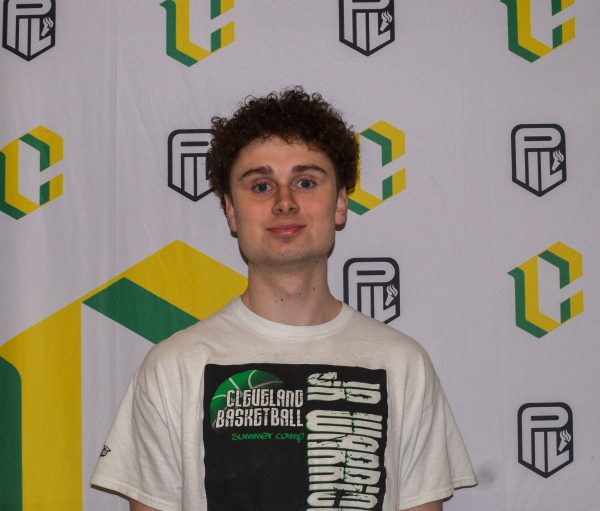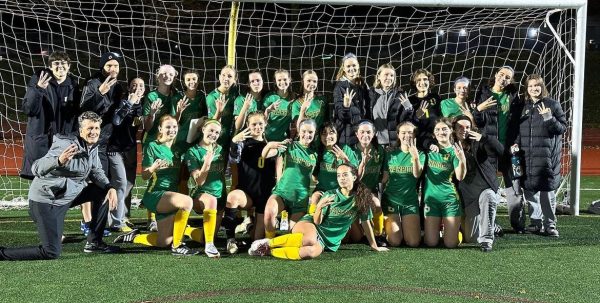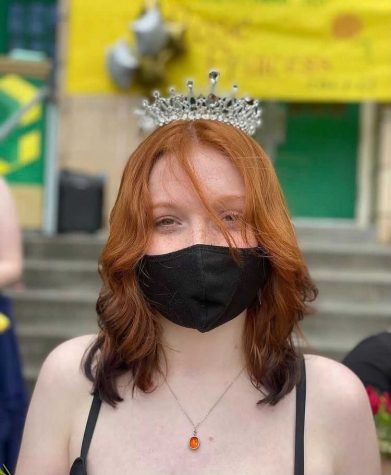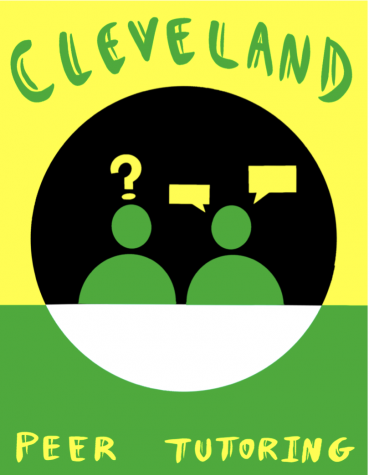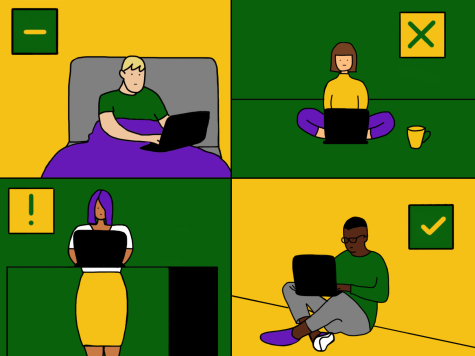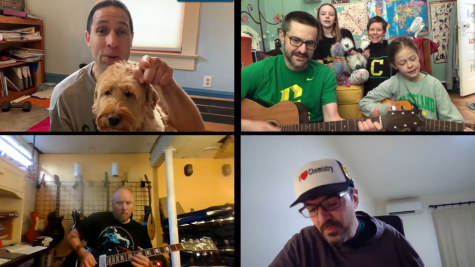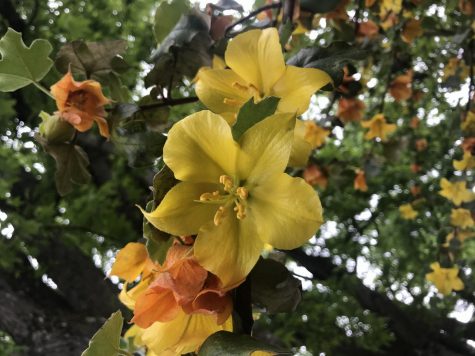CARE: Opening a discussion on racial equity
Students of Cleveland High School are directly affected by racial inequities and have seen others around them slammed down by racial injustice. In the following, students of color explain issues that surround them and ask that all people at Cleveland High School work to be conscious of their personal actions and words, through self criticism and by caring.
Bolded words are defined here: https://clevelandclarion.com/5088/uncategorized/care-definitions-and-terminology/
Andy Ho
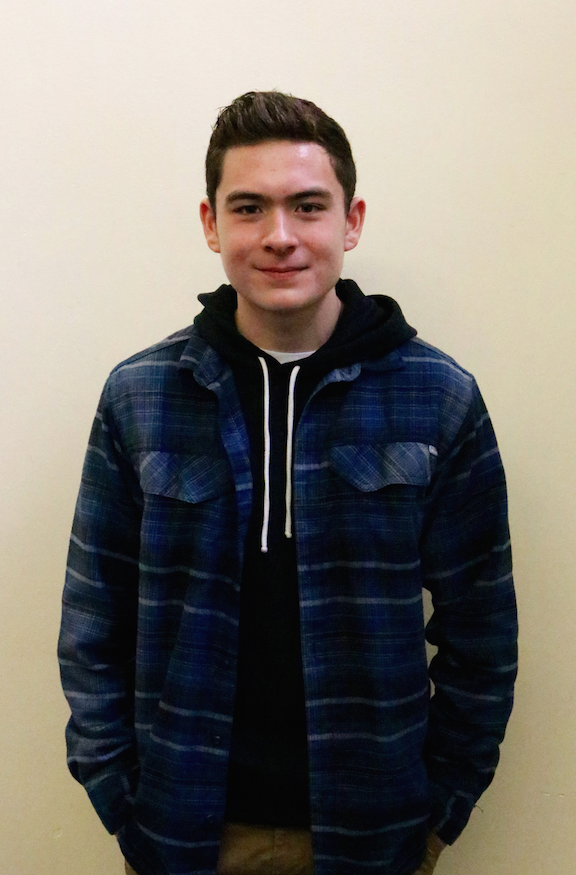
Andy Ho.
Are there racial equity issues at Cleveland? “Yes,” junior Andy Ho replied immediately. There was no pause, no questioning. Yes, there are major issues surrounding race at Cleveland, but it is not uncommon for them to be shadowed over by individuals who don’t recognize their presence. “Many of them are very subtle, and we all, [as the Cleveland community], like to think we are very progressive and liberal,” explained Ho. “We all think we’re not racist and don’t have racial equity problems at Cleveland. We’re not educated properly on them, so we don’t specifically see them all the time.”
To be uneducated on racial problems in a school with 68 percent European American students leaves the majority of the student body clueless to the inequities that roam its hallways and classrooms. “What’s important is that we open this conversation and realize, yes, there are problems at Cleveland and the only way to fix them is to first address them. They usually come in the forms of microaggressions or white privilege with a lot of cultures being marginalized [and] people not realizing when it’s happening. Personally, I see a lot of these happening every single day, and it’s important that we all further each other’s awareness and even I build upon my awareness and understand what I can do to make the racial climate better at Cleveland.”
Classrooms lack representation. As a full I.B. student, Ho has witnessed a lack of diversity filling the seats of these upper level courses. “The first time I’ve ever spoken about race in the classroom was in my I.B. classes, which consist of all white students. It’s an awkward conversation because how can we talk about colored people when there is no one to speak for people of color?” Here, a link in the chain is missing.
What is important now is that students take personal actions. “Be aware of the impacts of all of your actions and understand the consequences of things you say and how you act around all people. Be conscious of what you’re doing,” Ho amplified. “Personally, as I learn more about what racially equity should look like I find myself realizing that I have been involved in these sort of problems before. After starting C.A.R.E., I have worked on my own racial consciousness and realized I’ve said things that have been inappropriate and I have also heard things said to me that are inappropriate. It’s been an eye-opener to me.”
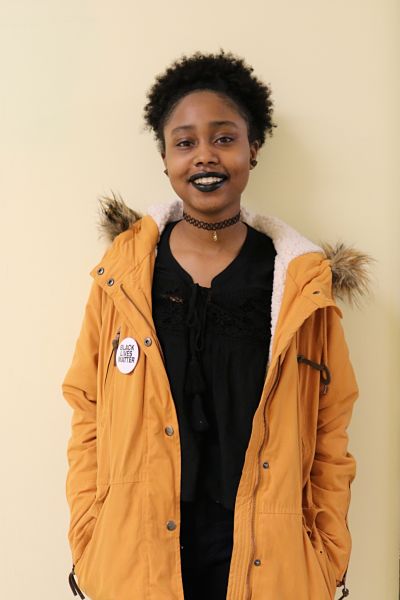
Zawadi Doti.
Zawadi Doti
Are there racial equity issues at Cleveland? “Yes, there are,” senior Zawadi Doti stated clearly, with precision. There was not a question in her mind. The actions of Cleveland’s student body create an uneasiness in her own life and many others’. “I feel safe, safe-wise like not in danger, but I don’t feel comfortable coming here. In classes, I don’t feel comfortable, I don’t feel comfortable to be who I am. It is because I am the only person of color in my classes most of the time.”
Doti takes to creating diversity by her own means. “During lunch and hanging out with friends, I see diversity and I try to surround myself with people who are diverse from me.” This quality is different from others who often unconsciously drift “off to another group or stay in their comfort zone. Know when to step out and talk to people who are different than you,” she said.
Not only does Doti make diversity around her, she understands the importance of her racial pride and accesses Cleveland students. “Me and a couple of the girls started BSU (Black Student Union) to show people we are not shy of expressing who we are as a people and our race; to teach them more than they know,” because “how you can see this in classes, in this school even, if you don’t notice?”
In class, it is not uncommon for Doti to be the only person of color. “If a topic is brought up that is talking about your people,” she explained, “then all eyes drift on you like they expect something from you.” The discomfort of sitting in a room, eyes glued to her skin is unnerving and unfair. However, this does not stop her from believing things could be different.
This is what Doti asks of Cleveland. “They can care. They can care about wanting to learn more and reaching out. Showing that they are not intentionally dividing students from them[selves] and [by] being conscious of how their actions have an effect on people.” Be aware.
Noah Terrell
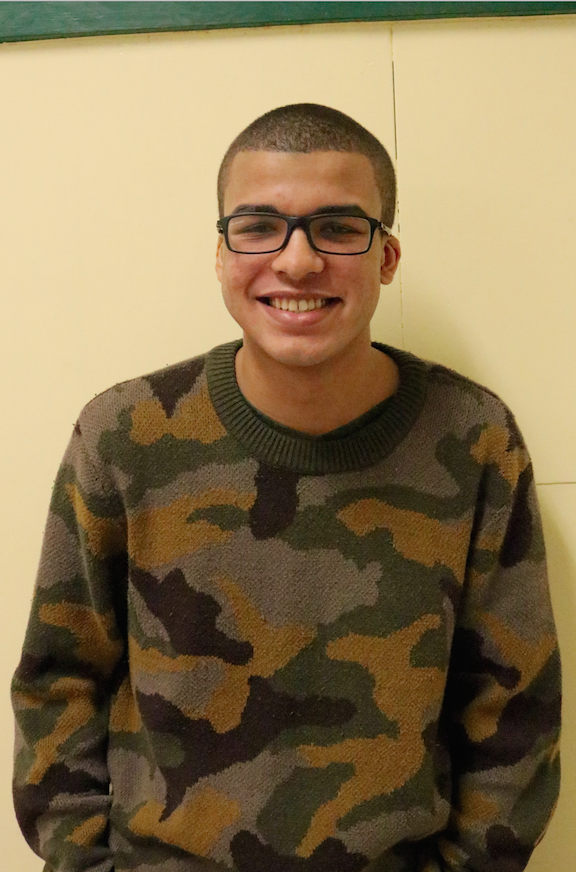
Noah Terrell.
Are there racial equity issues at Cleveland? “Yes, there are,” freshman Noah Terrell remarked. He was calm but direct. However, the issues he spoke of are not calm happenings; they roar with aggression and vile, cowardice and disrespect. These problems are loud but unacceptable. “There is definitely racial inequality going on. A lot of them can be more verbal, such as slurs. I have experienced those problems. There are also physical problems, like stares and glares and then just general rudeness. It can be a mix of it all.” This shows once again, Cleveland is not detached from racial injustices.
History behind racial injustice runs deep. “I guess [it] makes sense,” Terrell pondered, “because of Portland’s history with slavery. Having a state made up of mostly white people, there becomes a sort of sense of supremacy which is already present in the world of white supremacy, but Portland magnifies that.” 76.1 percent of Portland’s population is white, dubbing it the whitest city in America, but this is no excuse for injustice.
Inequities that continue to scar Cleveland make the racial environment tense. “I definitely feel more comfortable outside of Cleveland, and I don’t think Cleveland at the moment is really a good place… . At the stage we are at, these people [who attack people of color] are already in high school, so any behavioral characteristics are already so deeply rooted from childhood and growing up. They are just living in a world where they think racism is ok.”
Next Terrell brought up violence as a way of retaliating against racial issues. Violence is not a motive that is promoted or allowed on any public school grounds. It is not to be tolerated. Similarly, the PPS website states, “The District prohibits discrimination based on race; national or ethnic origin; color; sex; religion; age; sexual orientation; gender expression or identity; pregnancy; marital status; familial status; economic status or source of income; mental or physical disability or perceived disability; or military service.” If by using violence on school grounds students face expulsion, should the same be true of those who discriminate based on race? Terrell believes this to be valid.
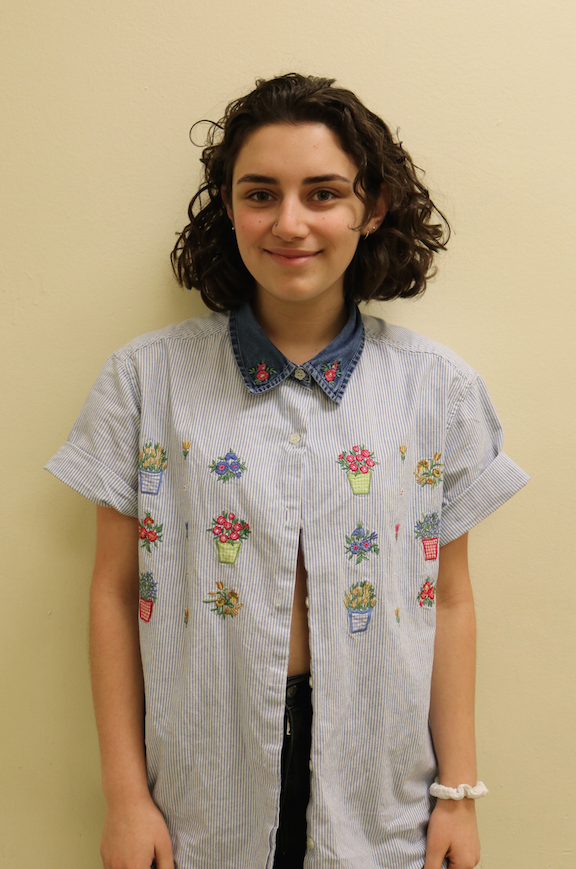
Brie Gaeta.
Brie Gaeta
Are there racial equity issues at Cleveland? “Yes,” junior Brie Gaeta groaned. Not a second was taken to contemplate this question. As of now, there is no other answer.
“They look like microaggressions,” Gaeta began. “They look like having classes of 30 kids and only having one kid of color. They look like kids of color getting more referrals than white kids. They look like kids of color walking to class and getting yelled at by security guards when they are just in the hall. They look like kids of color being in the office and getting kicked out of the office when they are just waiting there.”
Gaeta herself has a father from Mexico, so she is technically a person of color. “I’m pretty white-passing, so I don’t think I have really experienced racial issues,” she said. This hits upon the fact that the students experiencing these issues are ones who are visually ‘different’ from Cleveland’s majority. Yet, the students are not the only ones making an unjust environment. “Teachers, I have noticed, use really isolating language. “I had a teacher say, ‘I am the slave master,’” remarked Gaeta, “and pretend to crack a whip when he told us to get to work.” It is moments such as these that all people must be aware of their words and actions. “I have heard of stories where students, when they talk about race [in the classroom], all look at the one black kid.” It is a choice to crane one’s neck and stare at the single person of color who sits in one’s classroom, but this habit can be undone.
Gaeta explained, “Be willing to be self critical and evaluate your motives behind things and why you think things. Be willing to listen and be aware that it is not your voice that needs to be heard. Be a microphone, don’t be the person speaking. Elevate people, but don’t pull them. Be more of support than the center stage.”
Are there racial equity issues at Cleveland? Yes. Should there be? No. As said by these students and many, many others, change is possible.

Position within Newspaper: Editor in Chief, Layout Editor, Spotlight Editor, Photo Editor
Graduation year: 2017
Favorite thing to do: have fun:)
Favorite...




